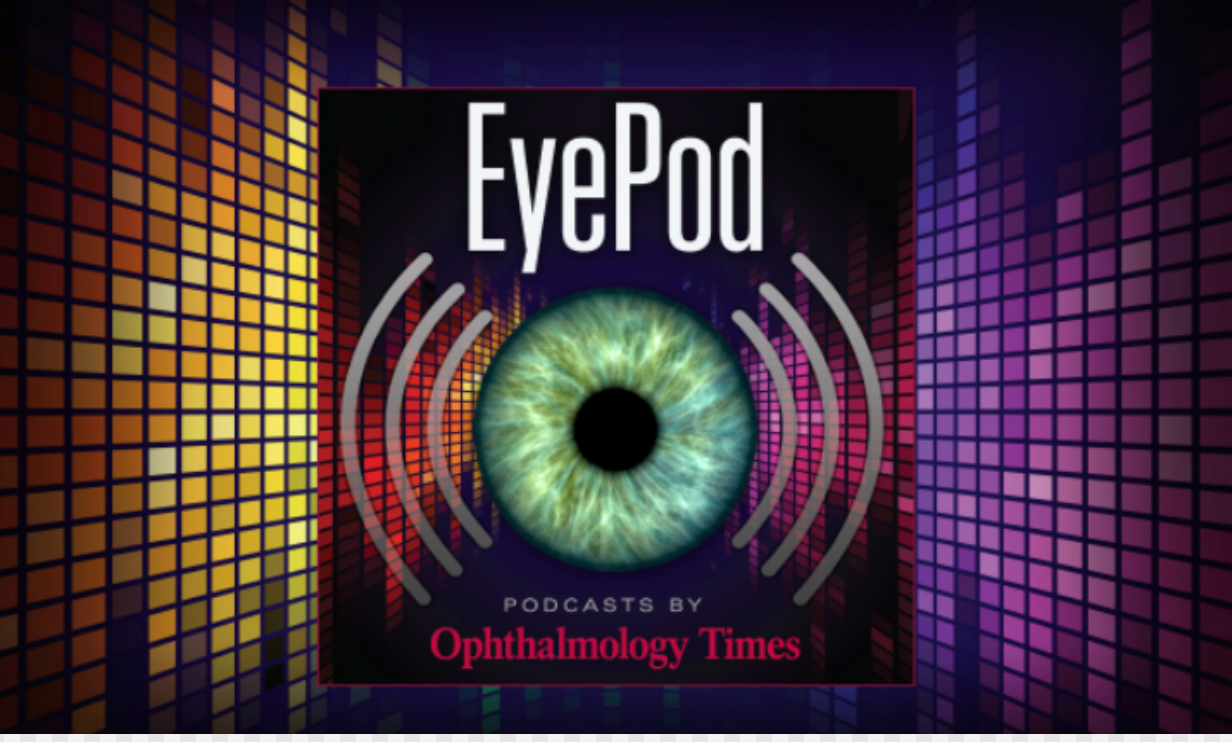News
Article
Knowing when pediatric patients need eyeglasses
Author(s):
(Image Credit: AdobeStock/LIGHTFIELD STUDIOS)

A patient can start to lose vision at any age, and recognizing the signs and symptoms of vision loss is important to their eye health. An ophthalmologist at Baylor College of Medicine points out that detecting these signs is key in young children because if certain eye problems are not addressed early, it ultimately could impact their schoolwork or even result in permanent vision loss.
“There is a period – approximately the first 8 years of life –when the brain and the eye are learning to work together and the visual system is still developing,” Christina Weng, MD, MBA, assistant professor of ophthalmology at Baylor University, said in a news release.1 “During this time, parents should watch out for behavioral changes because they can be a sign of potential eye problems.”
When younger children and young teens experience vision loss and cannot express the issues, behavioral issues can occur as they act out in the classroom or at home. It may even affect their grades, Weng said.
“When children have trouble seeing, they often act out or exhibit other signs of stress, and it can be challenging to determine the cause of their behavior,” she said in the Baylor news release. “It is very helpful for parents to pay attention to what situations trigger their behavior.”
There are some key questions that parents of these young patients can answer as they measure behavioral change related to vision impairment. Does my child become upset when watching a movie far away from the screen? Does he or she avoid reading or other forms of near work? Does she seem to ignore people or objects at a distance?1
Additional symptoms associated with vision loss include:
- Frequent headaches
- Excessive eye rubbing
- Holding a book, phone, or tablet extremely close or far away
- Closing one eye to read
- Crossing, wandering, or squinting of the eyes
- Behavioral issues or an inability to focus
- Grades at school suffer
- Child complains that he or she has a hard time seeing the board at school
While there isn’t always a way for ophthalmologists to prevent vision loss, recognizing the symptoms early in these younger patients can delay it or even avoid it altogether.
“Parents often ask me if sitting closer to the board, performing eye exercises, or avoiding reading in the dark would help improve eye health. There really is no strong evidence to support this,” Weng said.
Moreover, Weng pointed out there are a couple of things that any patient, regardless of age, do to prevent vision loss. This includes:1
- Address any eye or vision problems immediately with an ophthalmologist or optometrist. Do not ignore issues.
- Visit an ophthalmologist or optometrist on a regular basis. Ultimately, this could be the only way to detect conditions such as glaucoma, which is asymptomatic in its early stages and can lead to permanent vision loss if untreated.
- Avoid trauma to the eye, and always wear eye protection during activities where there is a risk of eye injury.
“The best way to prevent or delay vision loss from happening is early detection,” she said.
Weng added it is also important for parents to know that should a child demonstrate any signs of vision loss, they should be taken to see an ophthalmologist for a complete eye examination. The sooner any eye issues are detected, the better the chance of salvaging or preserving good vision. Weng recommends eye screenings by a skilled eye care provider regularly throughout infancy and childhood:1
- Newborn screening
- Six to 12 months
- 3 years of age
- Periodically during school-age years
Weng said in the news release she also recommends some other best practices to help prevent myopia, or near-sightedness, which she said is a global epidemic, particularly affecting younger populations.
“Myopia is associated with a higher risk of vision-threatening issues such as retinal detachment, and research is being done actively to find effective ways of prevention,” she said in the news release. “There is evidence that reducing and taking frequent breaks from near-work (e.g., reading on a phone or tablet) and spending time outdoors may be helpful in curbing the development of myopia in children and adolescents.”
Weng added that it is important for children to receive eye screenings throughout childhood because different problems can arise at different ages.1
“While the exact frequency of exams varies depending on an individual’s risk factors, the first screening should take place when the baby is a newborn,” she concluded. “Subsequent exams are generally recommended at six to 12 months, three years of age, and then periodically throughout school-age years. These evaluations can be performed by an ophthalmologist, optometrist or any skilled eye care provider trained in pediatric eye care.”
Reference:
Signs your child may need glasses. Baylor College of Medicine. Published August 15, 2024. Accessed August 18, 2024. https://www.bcm.edu/news/signs-your-child-may-need-glasses
Newsletter
Don’t miss out—get Ophthalmology Times updates on the latest clinical advancements and expert interviews, straight to your inbox.





